Devonshire House Experts’ Talks Series
A picture speaks a thousand words: a case for picture books at all ages in Prep Schools.
By Claire El-Arifi, Deputy Head Curriculum and Learning | Head of Prep School School English
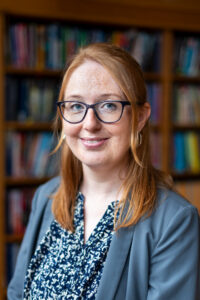
English is not only an incredible subject in its own right; where children have the chance to meet extortionary authors and express themselves in both verbal and in written form, but it also allows children to easily access other areas of the curriculum. For example, a love of reading will always support research skills in science or the ability to write with empathy about a historical figure.
In my opinion, learning to write is the most difficult challenge a child will face in their education. Writing is complex and children can easily feel overwhelmed. Consider for a moment all the components that make good writing: spelling, handwriting, ambitious vocabulary choice, sentences of varying lengths, paragraphing; the list could go on a mile! Writing also seems to be a bit never-ending. Just when you’ve got your subordinate clauses in good shape, along comes an embedded and relative clause to make you feel your back at square one. Story writing is a good example. In theory, children need to include everything listed above plus: create an original plot with dialogue, character continuity, overall coherence, tense consistency and more.
Cognitive load
When teachers plan lessons, they consider cognitive load. Children cannot possibly take on ‘the load’ of everything listed above every time they write. Teachers must choose which elements to focus on. But by giving children simple, but interesting picture books, they instantly have a ready-made plot with established characters, thus allowing the teaching to focus on other elements of writing.
Picture books can also create a seamless link between English and other areas of the curriculum. The more meaningful connections we have across our curriculum, the more children will know and remember.
Three of my favourites
Take this example, “A River” by Marc Martin:

It’s the story of a girl who, as she looks out of her window, imagines herself and her small silver boat on a journey. It’s a brilliant starting point for children to write an adventure full of rich description and can be linked to Geography where children learn about different sections of a river, or a river in different land use.
Another favourite of mine is “Otto, the Autobiography of a Teddy Bear” by Tomi Ungerer which I have used in Year 6 for autobiographical writing. Not only this is a brilliant model for this style of writing, but when learning about World War II, it manages to weave together German, German-Jewish and American perspectives, which supports historical understanding.
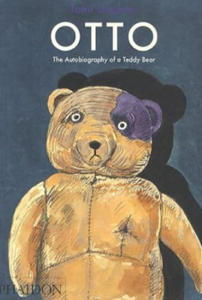
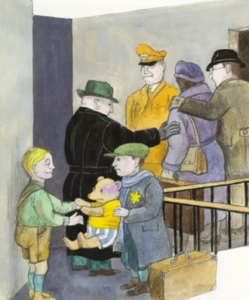
Finally, “Once Upon a Raindrop” by James Carter tells the story of the water cycle from the perspective of one raindrop. Used in English, parallel to this topic in science, it will reinforce understanding and demonstrate how science and the natural world around us can inspire stories and poetry.

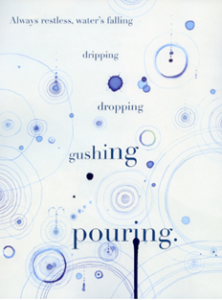
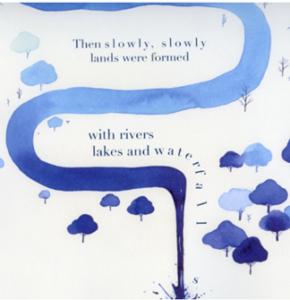
Now you’re in the picture…
Picture books offer children (and adults!) a unique reading experience by blending captivating illustrations with concise, yet impactful, storytelling.
The visual elements help bring the narrative to life, making complex ideas more accessible and engaging for readers. The creative artwork and innovative layouts found in picture books spark creativity and encourage readers to think outside the box. These books also serve as a bridge between childhood and more advanced literary works, helping children transition to more complex narratives while maintaining the enjoyment of vivid visuals.
So what are you waiting for? Get down to the book shop and explore that beautiful picture book section today!
Interested in Forest School at Devonshire House? Come and meet us at one of our Open Mornings and we will be happy to answer your questions.


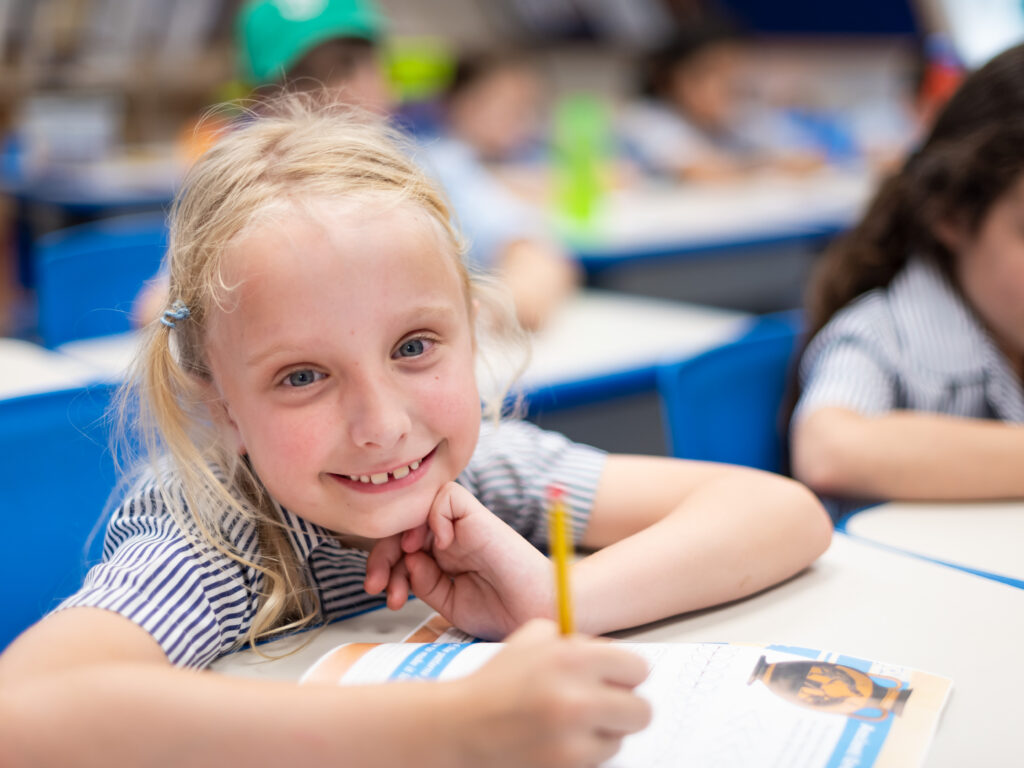
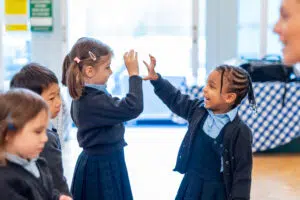 Doors open at 09:00
Doors open at 09:00